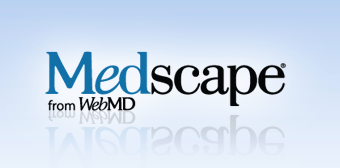“As of September 2015, the cultivation, possession, and/or use of marijuana is illegal under U.S. federal law as a Schedule I narcotic; however, it is legal in four states and Washington, D.C. Forty-six states allow some form of medicinal marijuana or decriminalization.
Marijuana has been used medicinally for thousands of years; Marijuana’s regulation by law enforcement in the U.S., rather than the medical community, led to an almost complete halt to academic and scientific research after the 1930s.
The late 1960s saw an upsurge in recreational marijuana use by middle-class youth, the majority of whom experienced minimal adverse effects aside from arrest and attendant legal complications.
Since the mid-1990s, the use of medicinal marijuana for certain conditions has gained increasing acceptance.
In the East, the feeling is primarily that marijuana continue to be proscribed. In the West, where clinicians must face the realities of medicalization, decriminalization, and/or legalization, as well as widespread recreational use, there is more of a movement to minimize adverse effects, particularly on youth.”



